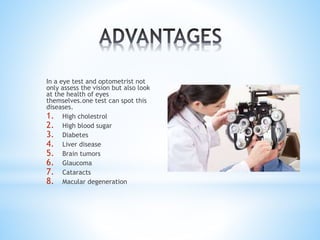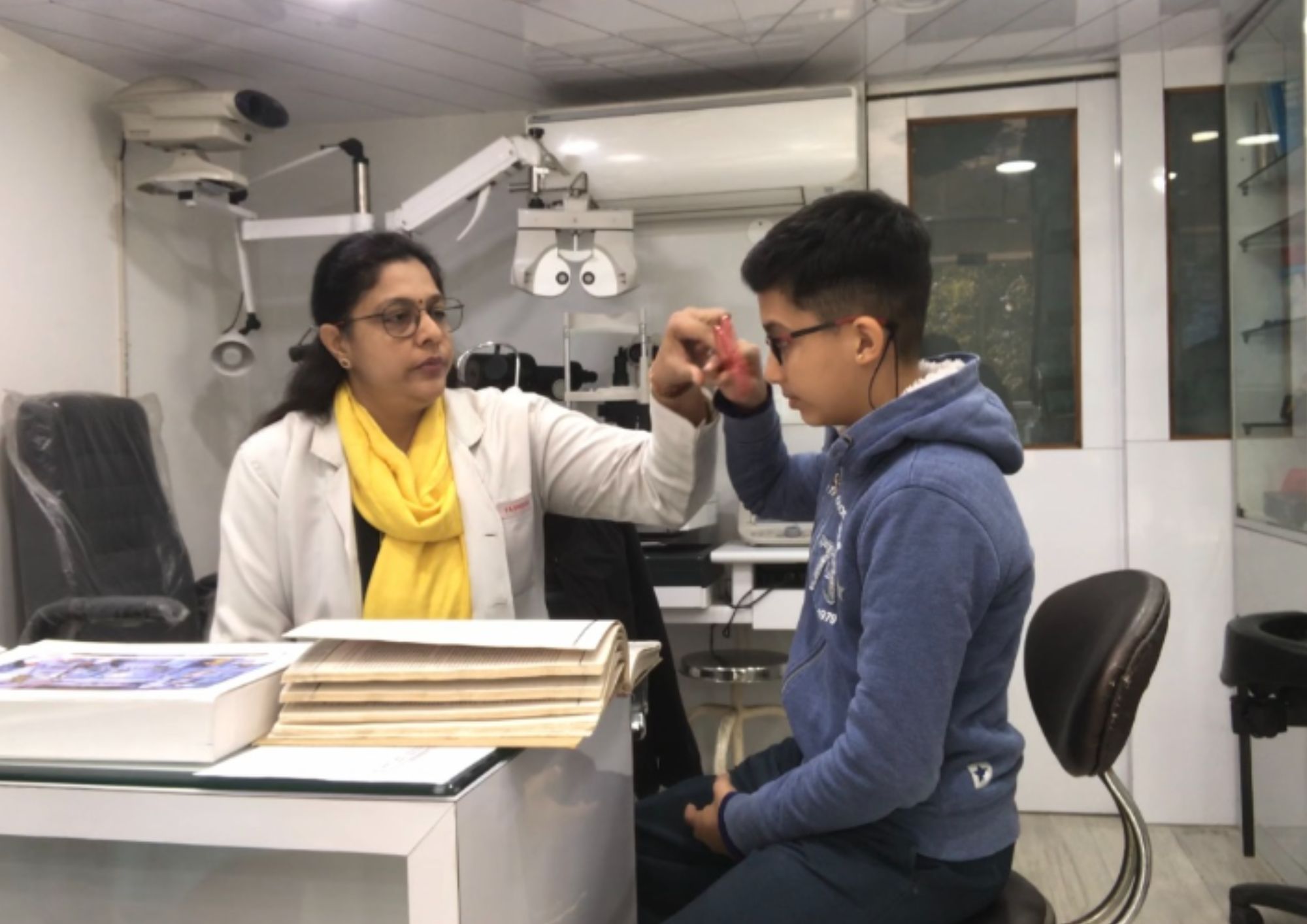Premium Retina Service Near Me: Leading Eye Care Providers
Premium Retina Service Near Me: Leading Eye Care Providers
Blog Article
The Function of Advanced Diagnostic Devices in Identifying Eye Disorders
In the world of ophthalmology, the use of innovative diagnostic devices has revolutionized the very early identification and administration of various eye conditions. From finding subtle modifications in the optic nerve to keeping an eye on the progression of retinal illness, these modern technologies play an essential duty in improving the precision and efficiency of detecting ocular conditions. As the need for precise and prompt medical diagnoses continues to expand, the assimilation of advanced devices like optical coherence tomography and visual field screening has ended up being indispensable in the realm of eye treatment. The intricate interplay in between modern technology and ophthalmic methods not just sheds light on elaborate pathologies however additionally opens doors to tailored treatment methods.
Value of Very Early Medical Diagnosis
Very early medical diagnosis plays a crucial duty in the effective management and therapy of eye problems. Prompt recognition of eye problems is critical as it enables punctual treatment, possibly stopping more development of the illness and lessening long-lasting issues. By finding eye problems at an onset, healthcare service providers can provide suitable treatment strategies customized to the particular condition, ultimately bring about far better results for clients. Very early diagnosis makes it possible for people to gain access to necessary assistance services and sources faster, improving their total high quality of life.

Technology for Detecting Glaucoma
Innovative diagnostic modern technologies play an important duty in the early discovery and monitoring of glaucoma, a leading source of irreversible loss of sight worldwide. One such technology is optical coherence tomography (OCT), which gives thorough cross-sectional pictures of the retina, permitting the dimension of retinal nerve fiber layer thickness. This dimension is essential in evaluating damages caused by glaucoma. One more innovative tool is visual area screening, which maps the sensitivity of an individual's aesthetic area, helping to discover any kind of areas of vision loss quality of glaucoma. In addition, tonometry is made use of to measure intraocular pressure, a major threat factor for glaucoma. This test is important as raised intraocular stress can bring about optic nerve damage. Newer technologies like the try this out use of synthetic intelligence algorithms in examining imaging information are revealing appealing outcomes in the very early detection of glaucoma. These sophisticated diagnostic tools allow ophthalmologists to identify glaucoma in its beginning, permitting timely intervention and better management of the disease to prevent vision loss.
Role of Optical Comprehensibility Tomography

OCT's capability to quantify retinal nerve fiber layer density enables for accurate and objective dimensions, helping in the early discovery of glaucoma even before aesthetic field defects come to be obvious. Furthermore, OCT modern technology permits longitudinal monitoring of architectural changes over time, facilitating individualized treatment strategies and prompt interventions to aid protect patients' vision. The non-invasive nature of OCT Extra resources imaging also makes it a favored selection for keeping track of glaucoma development, as it can be duplicated frequently without creating discomfort to the client. On the whole, OCT plays an essential function in boosting the diagnostic accuracy and administration of glaucoma, inevitably contributing to much better results for people at threat of vision loss.
Enhancing Medical Diagnosis With Visual Field Testing
A necessary part in thorough ocular analyses, aesthetic area screening plays an essential function in improving the analysis procedure for different eye conditions. By examining the full degree of a client's visual field, this examination gives critical details regarding the practical integrity of the entire aesthetic path, from the retina to the visual cortex.
Visual field screening is especially useful in the diagnosis and management of problems such as glaucoma, optic nerve problems, and different neurological diseases that can affect vision. Via measurable measurements of peripheral and main vision, clinicians can spot refined adjustments that may indicate the visibility or development of these disorders, also prior to visible symptoms take place.
Moreover, visual area testing enables the tracking of treatment efficiency, assisting eye doctors tailor therapeutic treatments to individual people. eyecare near me. By tracking modifications in aesthetic field efficiency in time, medical care suppliers can make informed choices about readjusting medicines, advising surgical treatments, or executing various other suitable actions to preserve or enhance a patient's aesthetic function
Handling Macular Deterioration

Final Thought
In conclusion, progressed diagnostic devices play a critical function in identifying eye problems early on. Technologies such as Optical Comprehensibility Tomography and visual area testing have actually considerably improved the precision and effectiveness of diagnosing problems like glaucoma and macular degeneration.
Report this page